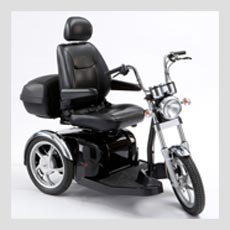We have heard a lot about disability hate crime since 2010. The coalition of 2010-2015 and the 2015 Tory government were accused at various times of stoking up fears through rhetoric over benefit cuts. Various disability pressure groups called on the government to change the language and to do something about disability hate crime. However, fears of an increase in attacks on disabled people are seemingly mistaken, according to a new report.
The Equality Watchdog Report of 2016
The EHRC (Equality and Human Rights Commission) began a series of reports in 2011, promising a series of follow up reports. This is the first of those reports produced for government and public consumption. It challenges belief presented in the media that disability hate crime had increased due to mistaken belief that the disabled were engaging in wholesale “benefit fraud”.
It’s not all cause for celebration, however. The report also highlighted some negatives amongst the positives.
- There were 56,000 disability hate crimes in 2015, dropping from 77,000 per year in the periods 2007-8 and 2009-10
- In terms of age groups, the disabled 75+ had the lowest crime statistics
- Children with disabilities in the 10-15 year age group experienced an increase in disability hate crime
- Children in this age group were twice as likely to be a victim of any crime than a child in this age group who does not have a disability
- Children with mental illness also experience elevated levels of both hate crime and general crime
- There was no disparity by gender. Disabled men and women were just as likely to be a victim of a crime as each
- The statistics were also near identical for disabled girls and boys
Perception of the Police and Society
There will naturally be concerns about how the Police will handle a crime based on prejudice such as colour, sexuality or disability. The report found that of those disabled people who reported a crime, the overwhelming majority were happy with the way the Police handled their case. They felt they were treated fairly and their complaint taken seriously. It has been suggested that minority groups tend to decide against reporting some crimes for fear of not being taken seriously. This data is certainly encouraging.
When it came to fear of crime, disabled people are more fearful of crime than the general population. Fear of crime and the perception of threat have also dropped in the period since 2010. There is still more to do though. At every age level, disabled people are nearly twice as likely to be the victim of any crime as their non-disabled counterparts. This is true even in low risk categories such as the 75+ age group.
Disparity Between Figures
The Disability News Service, one of the oldest and most prestigious news services of its kind, queried the new findings. They challenged the data in light of the government’s claims that disability-related hate crime had only increased in the last decade. The EHRC acknowledged the government statistics and confirmed that their data was statistically significant. This meant a real drop in the crime figures.
It must be noted that the 56,000 figure above is only those recorded. We have no record and can only guess at the number not recorded as a disability hate crime because the victim dropped the charges, or was not reported. It is possible that these crimes are no longer as widely reported, possible but unlikely. There is no genuine reason to believe that disabled people have stopped reporting crimes.
The only natural conclusion is that crimes against disabled people are genuinely dropping. The explanation has yet to be determined, but the Disability Hate Crime Network has welcomed the drop. They have put it down to a combination of zero tolerance approach from Police and prosecutors, and disability campaign groups raising awareness of crime issues that affect people with disabilities.



